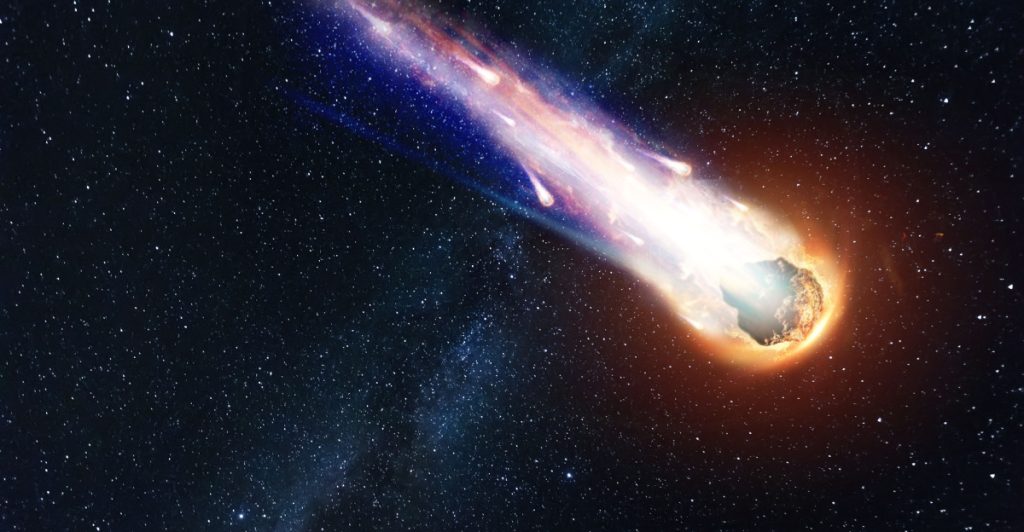Most asteroid flybys pass millions of kilometers away from Earth, too distant to notice. But one upcoming encounter will be unlike anything seen before.
Others are reading now
On Friday, April 13, 2029, a giant space rock will come closer to our planet than many satellites.
A close cosmic visitor
The asteroid, known as 99942 Apophis, measures nearly 300 meters across.
Although similar-sized asteroids are common in space, few approach Earth so closely.
Astronomers expect Apophis to pass at a distance of just 32,000 kilometers, about 4,000 kilometers closer than many geostationary satellites.
Discovered in 2004, Apophis was once feared to be on a collision course with Earth, earning it the nickname “Doomsday Asteroid.”
Also read
Continued observations, however, ruled out any risk of impact in 2029, 2036, or 2068.
Visible to the naked eye
Despite posing no danger, the asteroid’s proximity will make it an unforgettable sight.
NASA scientists say Apophis will be visible to the naked eye across parts of the Eastern Hemisphere, glowing as it races across the night sky.
Animations released by NASA and space educators, including Cosmosknowledge, show how the asteroid will glide past Earth, close enough for even amateur skywatchers to spot without telescopes.
A scientific opportunity
Researchers are preparing to make the most of this once-in-a-lifetime event.
Also read
NASA’s OSIRIS-REx spacecraft, which previously brought back samples from the asteroid Bennu, has been redirected toward Apophis.
The probe is scheduled to arrive just days before the flyby to study how Earth’s gravity alters the asteroid’s surface and trajectory.
Apophis takes its name from the ancient Egyptian serpent god said to devour the Sun.
Its upcoming passage, though harmless, promises to shed light on how near-Earth asteroids behave, and could help scientists protect the planet from future threats.


